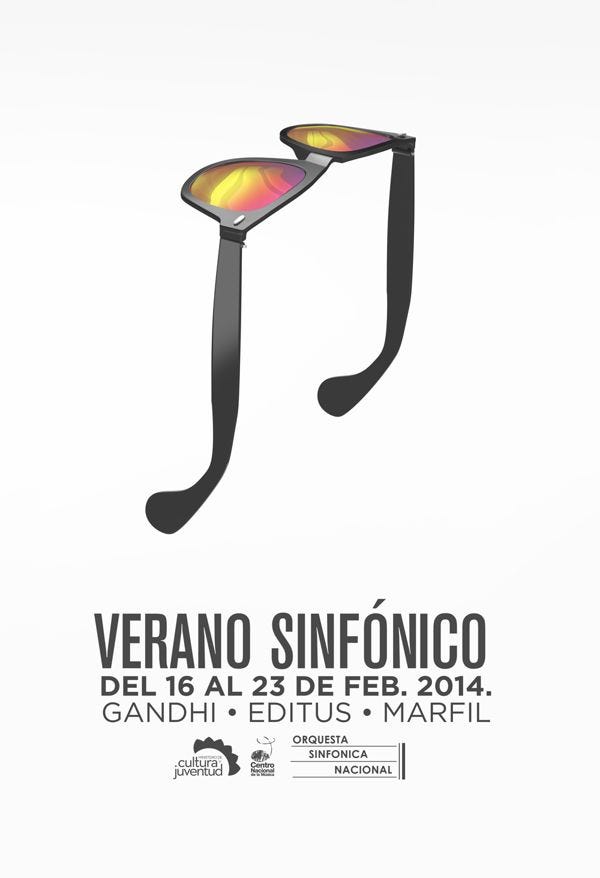

Suddenly, David falls ill and dies during the opening night of her show, and she is despondent at having lost the love of her life. When Lillian informs her mother she intends to marry David, Katie is disappointed and sees a repeat of her own life happening-giving up a career to have a husband and children. However, there is latent tension between David and Katie because he feels that Katie is projecting her own ambitions onto Lillian and overworking her, and Katie feels a new man in Lillian's life only serves to distract from her high-profile career. Because David is an entertainment company lawyer, he is able to secure Lillian shows at some big venues, including one at the Palace Theatre. She visits him in the hospital, and they soon fall in love. Even though 20 years have passed, Katie still is managing Lillian, as well as running her life and career choices.Īlthough her mother does not tell her, Lillian finds out that her childhood friend David ( Ray Danton) tried to get in contact with her. One day, Katie secures an opportunity in Chicago, which leads to Lillian, now older ( Susan Hayward), to having a successful musical career. The classic Côtes de Genève is found on both the 18-carat gold rotor as well as the base of the movement.Eight-year-old Lillian Roth (Carole Ann Campbell) constantly is pushed by her domineering stage mother Katie ( Jo Van Fleet) to audition and act, even though she is merely a child. Aesthetically, the calibre is finished to a high standard. To prevent these problems, Girard-Perregaux, in collaboration with a supplier, developed ball bearings, which eliminated any lubrication and increased the efficiency of the movement. The use of ball bearings in movements requires lubrication which could provide a myriad of issues. The slim moment is made by Girard Perregaux, the GP 3000 was launched in 1994, the movement found in this Daniel Roth is the GP 3100. The automatic movement signed Daniel Roth, is adjusted to five positions and features thirty-two jewels. Additionally, the outer dial features 9 luminova plots found above the roman numerals. The dial is signed “DANIEL ROTH” at 12 o’clock and “SWISS MADE” at 6 o’clock, the individual number of the watch is placed on the case-back. The anchor-shaped hand found at 6 o’clock, is used for the seconds, the use of this distinctive shape allows for a harmonious uninterrupted view of the rest of the dial. The dial features a sharply executed pinstripe guilloché pattern, which complements the light, brushed chapter ring with roman numerals.

The unique shape of the modestly sized case along with the addition of the downward slopping lugs allows this ‘medium’ sized Daniel Roth to offer unparalleled comfort on the wrist. This double-ellipse stainless steel Daniel Roth measures 35mm x 32mm in diameter and 10mm in thickness. There were subtle cues and nods to Breguet’s work in his designs although what made Roth’s instantly distinguishable was his double-ellipse case, the difference polished facets found on the case, and the unique construction of the case was ahead of its time. Interestingly, Roth was able to carve out his own design language that made most of his pieces instantly recognisable. Journe, Roger Dubuis played a crucial role in allowing this movement to flourish. The rise of the independents was almost renaissance like Roth was one of the pioneers in this newfound era of ‘freedom’, other honourable names such as Svend Andersen, Franck Muller, F. In 1989, Daniel Roth decided to establish his own manufacture. The Quartz Crisis signaled the end of the Chaumet tenure and allowed Daniel Roth to pursue ambitions of his own. Fourteen years later, Roth, not only brought back the glory days for Breguet, he created some of the most specular watches since Abraham Louis Breguet’s time. Before commencing his work at Breguet, Daniel Roth first went back to watch school in Le Sentier for a year to get a solid technical and academic base in complications and spent an entire year studying Breguet archives. When the Chaumet Brothers, the then owners of Breguet, were attempting to revamp and restore the glory days of Breguet, they turned to Daniel Roth. The revered school in Le Sentier and a seven year period with Audemars Piguet laid the foundations of Roth’s craft. In his quest to become a recognised watchmaker, Daniel Roth completed his technical apprenticeship in Nice, before moving to the epicenter of watchmaking, Vallée de Joux. The name Daniel Roth still causes furore amongst collectors for reasons that are known to most.


 0 kommentar(er)
0 kommentar(er)
